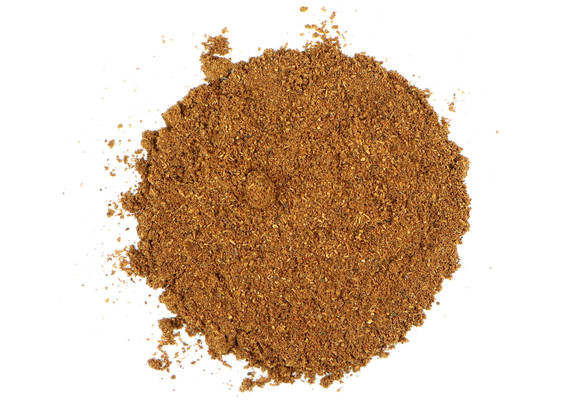Traces of soap pod use by humans on the Indian subcontinent has been dated to over 4,500 years ago, which is approximately the same time that Ayurveda was established as a system of healing. In Ayurveda, soap pod is known as shikakai and is employed for its affinity for the hair.
Acacia concinna is a member of the fabaceae plant family and is also referred to in botanical nomenclature as Senegalia rugata. It is a spiny, climbing shrub that thrives in tropical climates across Asia. However, soap pod has since been naturalized in other tropical regions around the globe. Soap pod has bi-pinnate leaves and racemes of cream-colored flowers which ripen into long, flat seed pods. It is these fruit pods which have been traditionally dried and ground for use as a powder.
For thousands of years, Ayurveda has historically utilized shikakai as a natural shampoo and to nourish the scalp. It was considered a superior cleanser with naturally low pH levels, protecting (instead of stripping) the hairs natural oils. Typical preparations of soap pod powder include making into a paste and applying as a hair pack or infusing for use as a shampoo. Steep powder in warm water and then let cool before transferring to a squeeze bottle for ease of use. Powder could also be infused in oil and rubbed into scalp and hair. Soap pod powder will not produce a strong lather.
Precautions
Not for internal use. Do not apply to broken or abraded skin. Do not use when nursing. We recommend that you consult with a qualified healthcare practitioner before using herbal products, particularly if you are pregnant, nursing, or on any medications.
This information has not been evaluated by the Food and Drug Administration. This product is not intended to diagnose, treat, cure, or prevent any disease. For educational purposes only.








